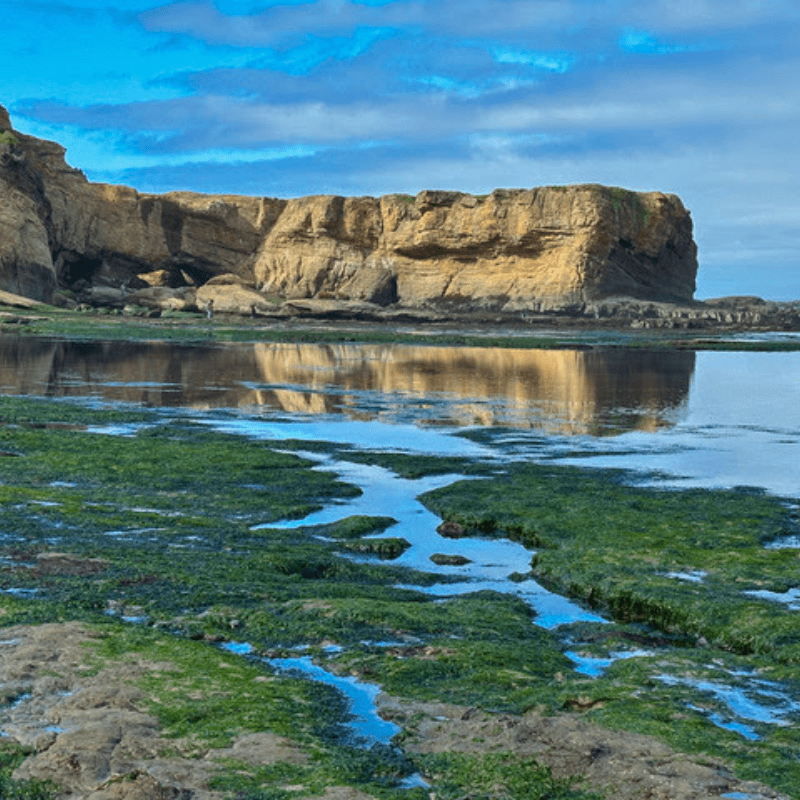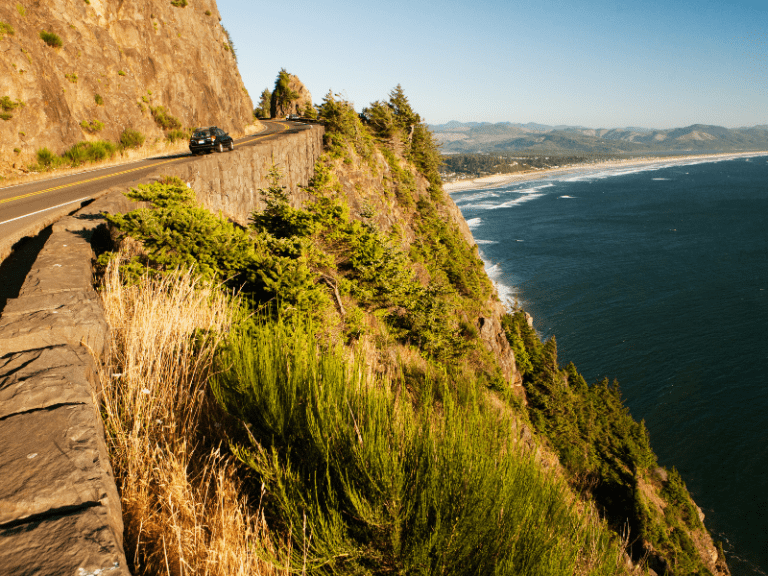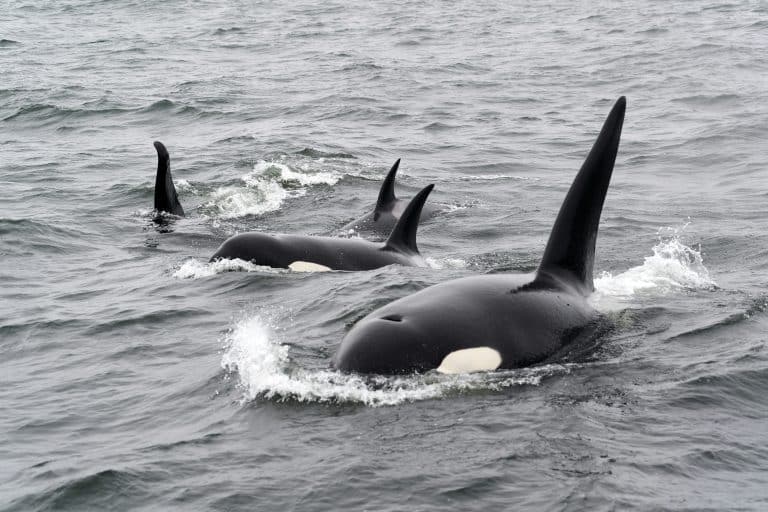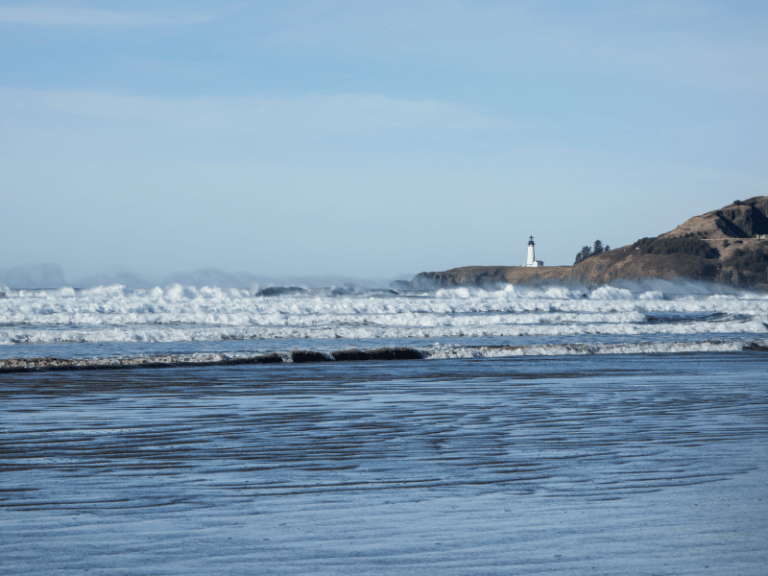Discovering the Hidden Wonders of Otter Rock Marine Reserve
This post may contain affiliate links. I may earn a small commission at no extra cost to you.
Have you ever wondered what it feels like to walk on the ocean floor without getting your feet wet? Well, at Otter Rock Marine Reserve, you can do just that. Nestled along the rugged Oregon Coast, this marine reserve is a paradise for nature lovers, adventurers, and anyone curious about the wonders hidden beneath the waves. Let’s dive in and explore the marvels of Otter Rock Marine Reserve, where every visit promises a new discovery.
What Makes Otter Rock Marine Reserve Special?
Biodiversity
Otter Rock Marine Reserve is a sanctuary for a myriad of marine species. From colorful sea anemones to elusive octopuses, the reserve is a living aquarium. This rich biodiversity makes it a prime location for marine biologists and nature enthusiasts alike. You can find a wide range of species, including various types of fish, mollusks, and crustaceans. The reserve's protected status ensures that these species thrive in a relatively undisturbed environment.
Tide Pools
The intertidal zone at Otter Rock Marine Reserve is a treasure trove of tide pools, perfect for observing marine life up close. Be prepared to spot sea stars, hermit crabs, and even the occasional baby seal. These tide pools provide a unique opportunity to see marine organisms in their natural habitats. The area is particularly popular during low tide when the pools are most accessible. Visitors are encouraged to tread lightly and respect the fragile ecosystems within these pools.
Scenic Views
With its breathtaking coastal vistas, Otter Rock Marine Reserve offers plenty of spots to relax and soak in the beauty of the Pacific Ocean. The reserve features several lookout points where you can enjoy panoramic views of the coastline. Whether you're an avid photographer or simply looking to unwind, the scenic beauty of Otter Rock is sure to captivate you. The sunsets here are particularly stunning, making it a favorite spot for evening picnics and romantic getaways.
Educational Opportunities
The reserve is a fantastic outdoor classroom for students and families alike. Informational signs and guided tours provide insights into the ecosystem. These educational resources make it easier for visitors to learn about the importance of marine conservation. Schools often organize field trips to the reserve, allowing students to engage in hands-on learning experiences. Additionally, the reserve hosts various workshops and seminars aimed at raising awareness about marine biodiversity and conservation efforts.
Recreational Activities
Otter Rock Marine Reserve is not just about observing marine life; it also offers a range of recreational activities. From kayaking and snorkeling to bird watching and hiking, there's something for everyone. The reserve's well-maintained trails are perfect for a leisurely hike, offering glimpses of both marine and terrestrial wildlife. For those interested in water sports, the calm waters of the reserve provide an ideal setting for kayaking and snorkeling.
Conservation Efforts
The reserve is a model of successful conservation efforts. Various programs are in place to monitor the health of the marine ecosystem and ensure the protection of its inhabitants. Volunteers and researchers work tirelessly to collect data and implement conservation strategies. These efforts have led to a noticeable improvement in the health of the marine environment, making Otter Rock Marine Reserve a beacon of hope for marine conservationists worldwide.
Community Involvement
Local communities play a significant role in the upkeep and preservation of Otter Rock Marine Reserve. Community-driven initiatives, such as beach clean-ups and educational outreach programs, contribute to the overall health of the reserve. These efforts foster a sense of ownership and responsibility among residents, ensuring that the reserve remains a pristine environment for future generations. Dedicated volunteers interact with over 2,600 visitors at the Devils Punchbowl, sharing local wildlife and ecosystem knowledge.
Activities to Enjoy at Otter Rock Marine Reserve
Tide Pooling
Equip yourself with a good pair of water shoes and a sense of adventure. The tide pools at Otter Rock reveal a hidden world of vibrant marine life. Energetic Tide Pool Ambassadors guide visitors through the Otter Rock Marine Gardens during minus tides.
Whale Watching
If you’re visiting between December and April, keep an eye out for migrating gray whales. The reserve offers excellent vantage points for spotting these majestic creatures.
Hiking
Trails around the reserve offer varying degrees of difficulty. Whether you’re looking for a leisurely stroll or a more challenging trek, you’ll find a path that suits your needs.
Wildlife Spotting
Visitors may spot the busy black oystercatcher family through the spotting scope at the Punchbowl Overlook.
Photography
With its dramatic landscapes and diverse wildlife, Otter Rock Marine Reserve is a photographer’s dream. Don’t forget your camera!
Picnicking
There’s nothing quite like enjoying a meal with the ocean as your backdrop. Several picnic areas make it easy to relax and dine amid nature’s splendor.
Summer Opportunities Available!

Tide Pool Ambassador Internship Program
Paid internships for local high school students to serve as Tide Pool Ambassadors, receiving training in tide pool organisms, ecology, Marine Reserves, and interpretive techniques.
Volunteer Interpretive Program
Volunteers interact with visitors at Devils Punchbowl State Natural Area, inspiring stewardship and raising awareness of Otter Rock Marine Reserve.
- Marine Debris Monitoring:
- Description: Volunteers help track and remove debris from the coastline, contributing to a cleaner and healthier marine environment. This involves regular beach clean-ups and detailed recording of the types and quantities of debris found.
- Importance: Marine debris, especially plastics, poses a significant threat to marine life. By removing debris, volunteers help prevent harm to wildlife and improve the overall health of the ocean.
- How to Get Involved: Join scheduled clean-up events or participate in independent monitoring by using provided tools and guidelines to collect data and report findings.
- Sea Star Surveys:
- Description: Participants engage in monitoring the health and population of sea stars, which are crucial indicators of the ecosystem's well-being. This includes counting sea stars, noting their sizes, and observing any signs of disease.
- Importance: Sea stars are keystone species in the intertidal zone. Monitoring their health helps scientists understand broader ecological changes and the impacts of diseases like Sea Star Wasting Syndrome.
- How to Get Involved: Volunteers receive training on identifying different sea star species and recording data. Surveys are typically conducted during low tide when sea stars are most visible.
- Black Oystercatcher Nest Monitoring:
- Description: Volunteers assist in observing and recording the nesting habits of black oystercatchers, a species of concern due to its limited nesting sites and vulnerability to disturbances. This involves locating nests, counting eggs and chicks, and noting any threats.
- Importance: Black oystercatchers are important indicators of coastal health. Monitoring their nests helps conservationists develop strategies to protect these birds and their habitats.
- How to Get Involved: Training is provided on how to safely and accurately monitor nests without disturbing the birds. Observations are typically made from a distance using binoculars or spotting scopes.
Tide Pool Visiting Tips
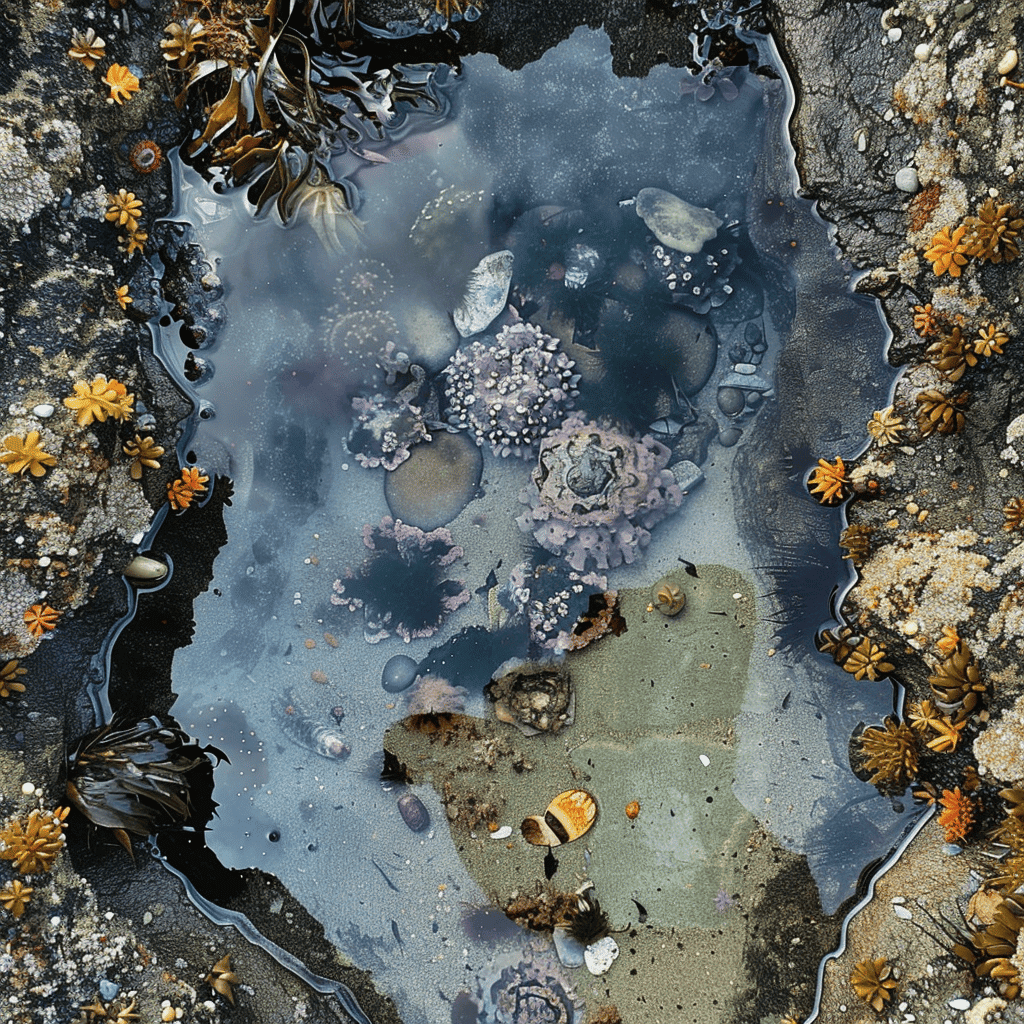
- Check tide tables and surf reports.
- Leave sea creatures and sea grasses undisturbed.
- Stay at least 150 feet away from harbor seals and pups.
- Keep dogs on a leash.
- Take all belongings and trash with you.
- Stay alert for sneaker waves and never turn your back on the ocean.
Safety Update
Exercise caution on the steep and eroding path to the Otter Rock Marine Garden. For safer access, use the trail to the Otter Crest stairs from B Avenue.
What You Need to Know About Marine Reserves
Marine reserves are protected areas designed to conserve marine ecosystems. Otter Rock Marine Reserve is one of several along the Oregon Coast, each playing a crucial role in preserving marine biodiversity. Activities like fishing and collecting are prohibited to ensure the ecosystem thrives. By visiting and supporting these reserves, you’re contributing to the conservation of our oceans.
FAQs About Otter Rock Marine Reserve
Conclusion
Otter Rock Marine Reserve is a hidden gem along the Oregon Coast, offering a unique blend of natural beauty and marine biodiversity. Whether you’re tide pooling, whale watching, or simply soaking in the scenic views, the reserve promises an unforgettable experience. So pack your bags, don’t forget your camera, and get ready to explore this coastal wonderland. Your adventure at Otter Rock Marine Reserve awaits!


